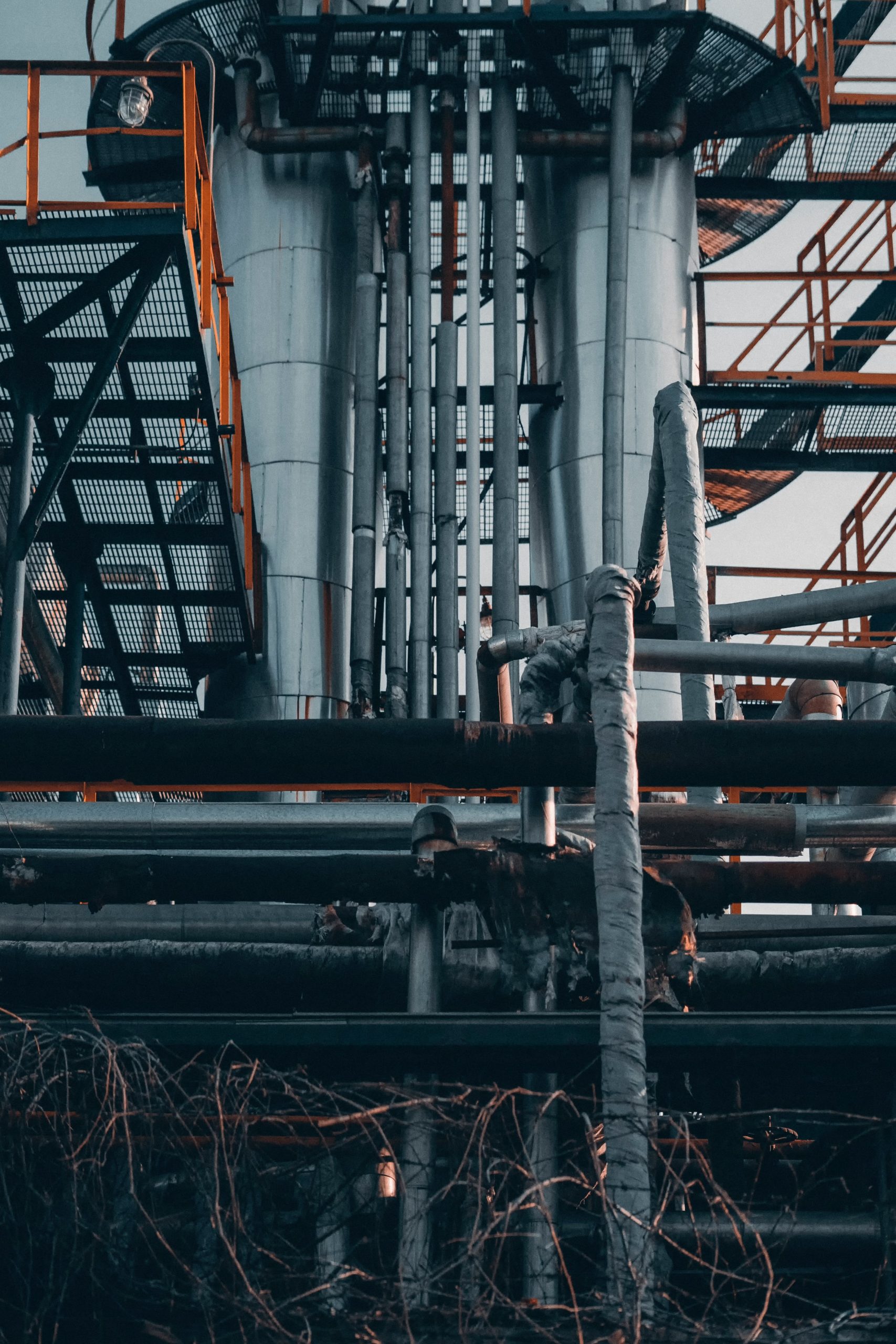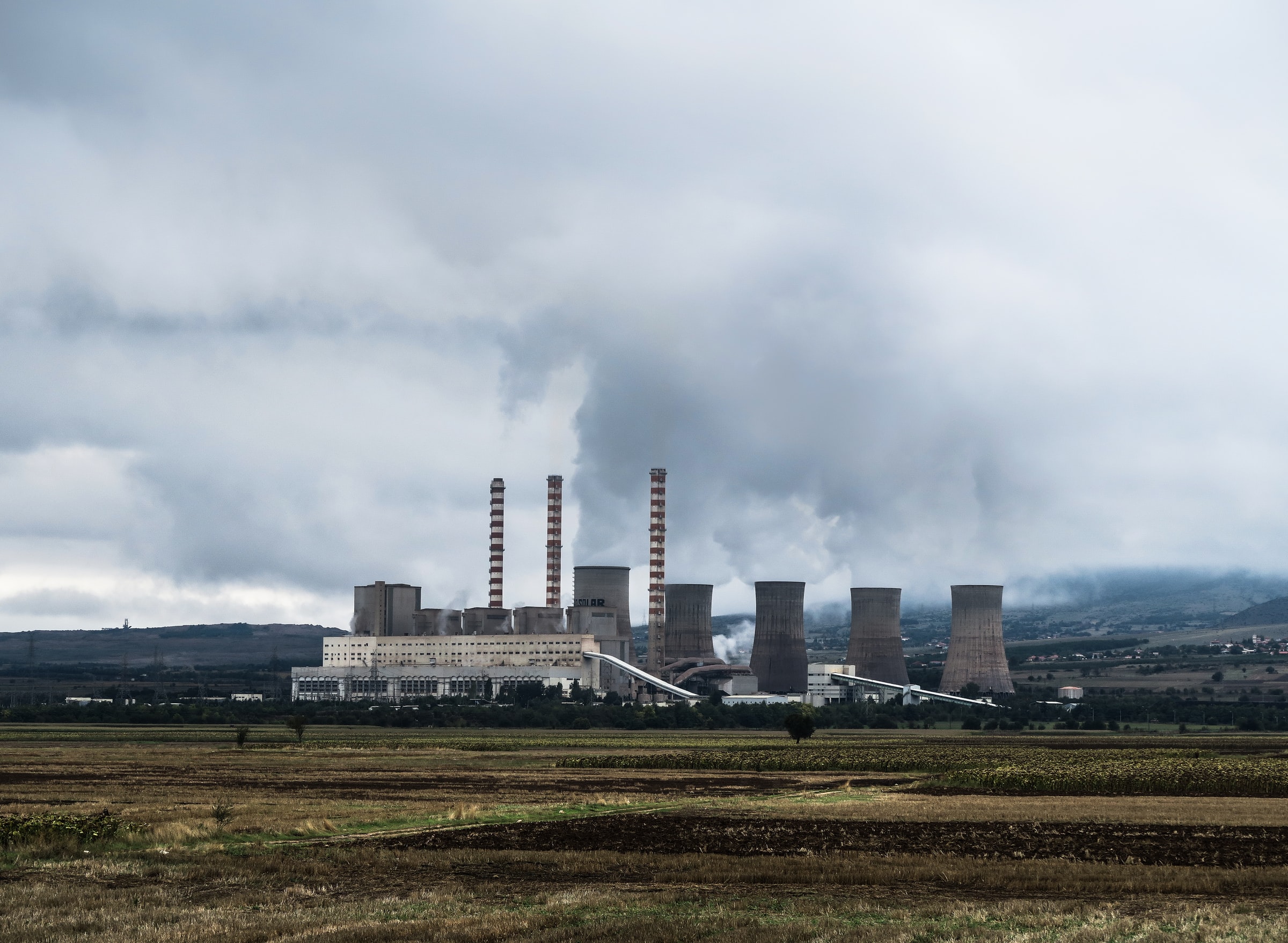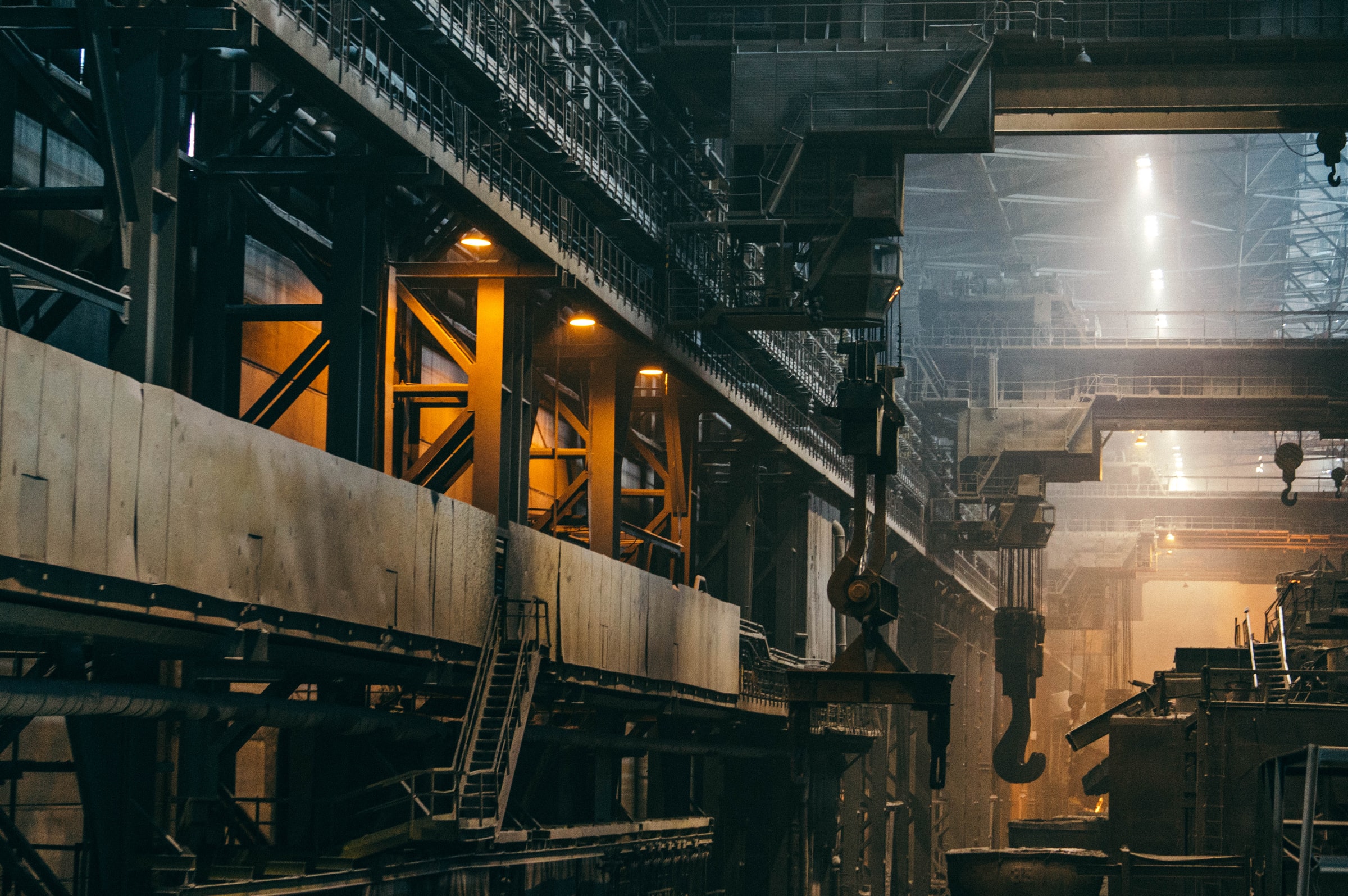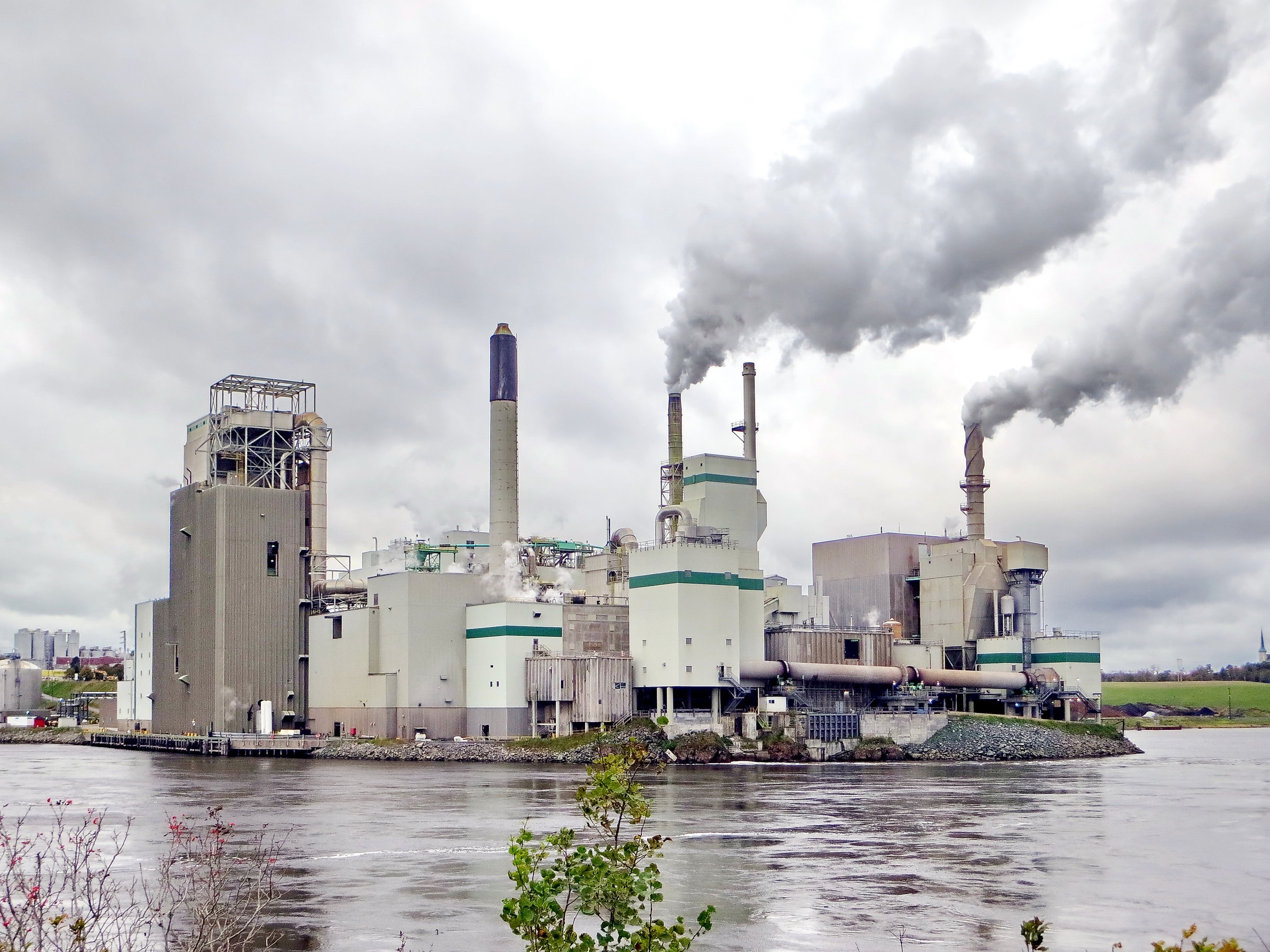Industrial plants are often subject to leakage problems in fluid systems. A small leak that is neglected can become the source of a huge loss. Hence the reason to pay close attention and, in case of a leak, to work quickly to solve the leak. How do you manage these famous leaks?
Preliminary actions to be taken

In order to solve a leak in an industrial installation, it is necessary to carry out some preliminary activities. These activities include
- Detection of the origin of the leak
- Prioritization of leaks
- Resorption itself.
Detection of the leak
The detection will consist, first of all, of inspecting the possible fluid leaks thanks to a simple visual check. It can be liquid that oozes out or a plate formation on the floor. Bubble testing is another method of inspecting for possible leakage sources. This method involves the application of a surfactant to the fitting layers to see if bubbles are produced in the event of a leak.
Airborne ultrasonic testing is used on gas piping systems. It uses an airborne ultrasonic measuring device. The methods are innumerable and can be complementary when the leak is difficult to detect. All these tricks are better mastered and are the experts.
Prioritization of leaks
Prioritizing leaks means dealing with the most dangerous leaks before the least important ones. The team cannot deal with all leaks at once. Therefore, it is important to list them in order of importance. Leaks that are considered dangerous are acid leaks and leaks of harmful and accident-prone gases. These leaks should be repaired as a priority.
Solutions to leaks in industrial facilities

After the preliminary actions, the repair can be started according to the different possible solutions. This is the actual repair of the leakage problem.
A leak in a fitting
In case of a leak on a fitting, an anti-leak tape is needed. Simply roll the tape in a spiral, covering half of the previous layer with each turn. The tape should extend 5 cm beyond the exact location of the leak. This technique is most effective when the leak is in a pipe or in a defective weld.
It is true that the nature of the intervention will depend in part on the different types of industries that have recorded the leaks concerned, but home-made tricks are not negligible. In this situation, the leak can also be sealed with leak-proof sealant. This product is very appreciated for its resistance to high temperatures. It works on many materials, as does the anti-leak tape.
A copper pipe leak
With a copper pipe, sealing is fairly simple and involves two possibilities. The first possibility is to seal the leak with rubber and a hose clamp. The second possibility is to use a piece of soft plastic instead of rubber at the leak and try to hold it in place with the clamp.
What to do after the emergency intervention?

To avoid possible occupational hazards, most of the work should be done by experts. The methods available to everyone will only serve to delay damage and save fluid. If you are not experienced, there is a greater risk of aggravating the leak.
The installations must be well done so that they remain watertight for a very long time. It will still be necessary to choose the right expert in repairing various leakage problems in industrial facilities. This applies right from the selection of the industrial building construction professional in question.
Sound off in the comments section below and tell us what you want to read next and if you want to read more about industrial pollution.
